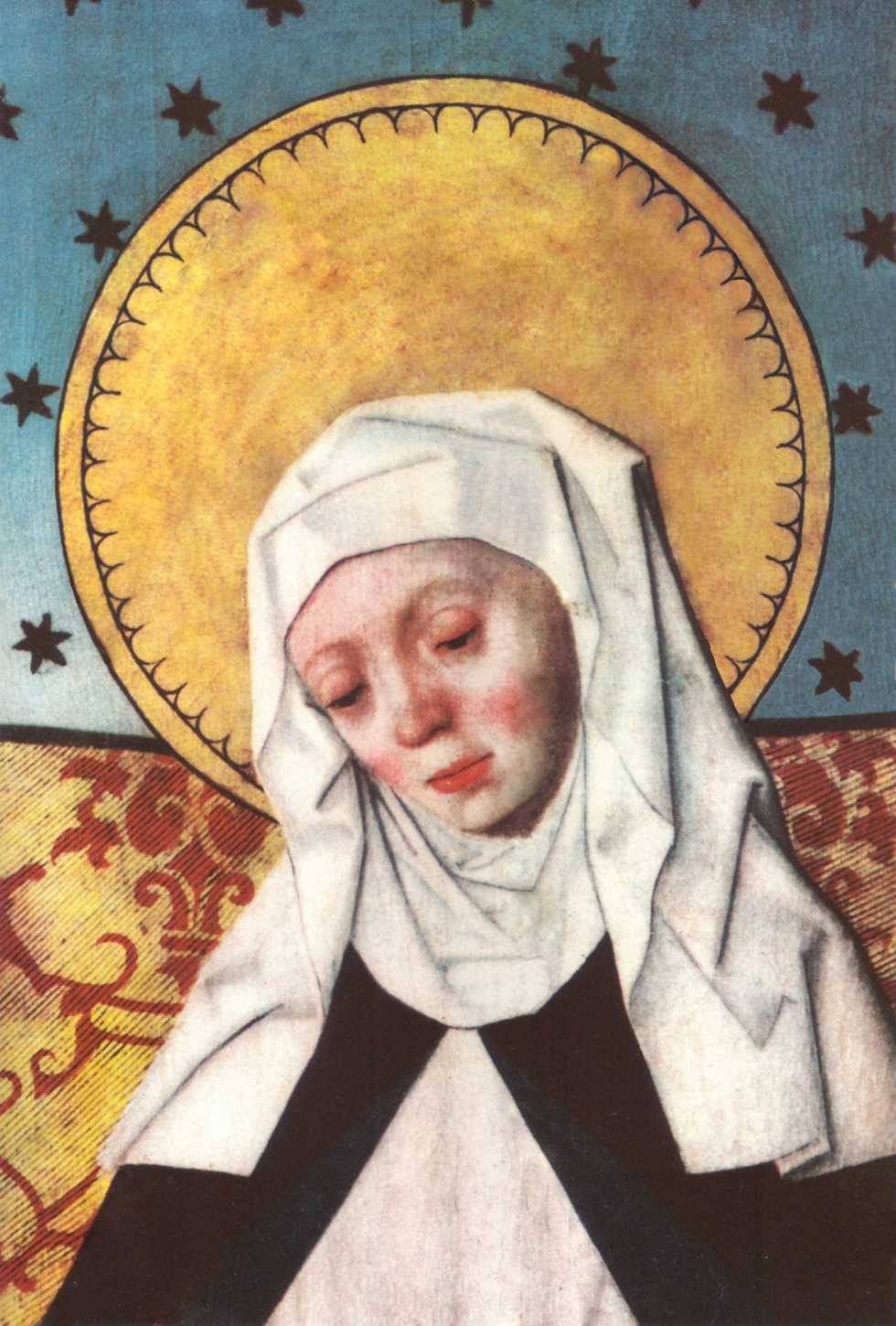Aug 31 - Grunewald, Artist of the Crucifixion
- Pearl of Great Price
- Sep 2, 2021
- 4 min read
Updated: Apr 25, 2022

Today we remember the German Renaissance painter Matthias Grunewald who died in 1528. Now famous for his religious art that display intense colour and agitated lines he is seen as one of the greatest German painters of all time. Painting in Germany during the turmoil of the emerging Protestant Reformation. His most famous piece, the Issenheim altarpiece is a masterful depiction of the horrific agony of the Crucifixion, with Christ's emaciated body writhing under the pain of the nails driven through his hands and feet.
Jesus' body is ravaged by crucifixion but there is a profound theological point being made. Commissioned by the Antonite monastery at Isenheim (in southern Alsace), which also performed the role of a hospital. The Antonine monks were noted for their care of plague sufferers as well as their treatment of skin diseases. The image of the crucified Christ is pitted with plague-type sores, showing patients that Jesus understood and shared their afflictions. This was art in its most dramatic form, compelling an emotional response from the viewer and the colours used are simultaneously biting and brooding. However through all this drama. Grünewald never misses the chance to also include picturesque detail: a botanical specimen, a string of prayer beads, or a crystal carafe.

However, his Catholic patrons where also being threatened by the emerging Protestant Reformation. In a time of rapid change and an unprecedented challenging of authority Grunewald had sympathy with the Peasants’ Revolt of 1525, and left his patron’s service in 1526. The revolt was widespread and popular in parts of Germany and Central Europe, but ultimately failed because of opposition from the aristocracy, who slaughtered up to 100,000 of the 300,000 poorly armed peasants and farmers. The Peasants revolt was driven by both economic and religious reasons and often supported by Anabaptist clergy (see pod of Jan 17) . Incorporated principles and rhetoric from the emerging Protestant Reformation, through which the peasants sought influence and freedom. Instigated by figures such as Thomas Müntzer, it was condemned by Martin Luther who sided with the nobles. Grunewald spent the last two years of his life visiting in Frankfurt and Halle, cities sympathetic to the newly emerging Protestant cause. When he died today in August 1528; among his effects were discovered several Lutheran pamphlets and documents.
His Isenheim Altarpiece is considered to be his masterpiece, with multiple panels that depict the Crucifixion, the Lamentation, and portraits of SS. Sebastian and Anthony. A second set focuses on the Virgin Mary, with scenes of the Annunciation and a Concert of Angels, a Nativity, and the Resurrection. The third set focuses on St. Anthony, with St. Anthony and St. Paul in the Desert and the Temptation of St. Anthony. They were based largely on the text of the popular, mystical Revelations of St. Bridget of Sweden that were written 150 years earlier. Bridget had been a mystic and founder of the Bridgettines nuns and monks after the death of her husband of twenty years. After he died, Birgitta became a member of the Third Order of St. Francis and devoted herself to a life of prayer and caring for the poor and the sick. She soon developed the idea of establishing the religious community - the Order of the Most Holy Saviour, which became known as the Brigittines. One distinctive feature of the houses of the Order was that they were double monasteries, with both men and women forming a joint community, though with separate cloisters. They were to live in poor convents and to give all surplus income to the poor. However, they were allowed to have as many books as they pleased. In her pilgrimages to Rome, Jerusalem and Bethlehem, she sent "back precise instructions for the construction of the monastery" now known as Blue Church, insisting that an "abbess, signifying the Virgin Mary, should preside over both nuns and monks.

Her visions began at the age of ten, and lasted her whole life – with the Passion of Christ becoming the centre of her spiritual life. Translated into Latin by her confessor, they became very popular during the Middle Ages and had a great influence on depictions of the Nativity of Jesus in art. She also predicted an eventual Vatican State, foretelling almost the exact boundaries delineated by Mussolini for Vatican City in 1921. Pope Benedict said there is no doubt that the Church which recognized Bridget's holiness without ever pronouncing on her individual revelations, has accepted the overall authenticity of her interior experience. She is one of the six patron saints of Europe. Grunewald’s altarpiece expresses the deep spiritual mysteries of Brigitte visions and when he died he left behind some of the most striking and intense paintings in the history of northern European art. His art, often painful and confused was a highly personal and inspired response to the turmoil of his times, He was almost forgotten by the 17th century however by the 20th-century we saw a thorough re-evaluation of his artist’s career
.jpg)


Comentários